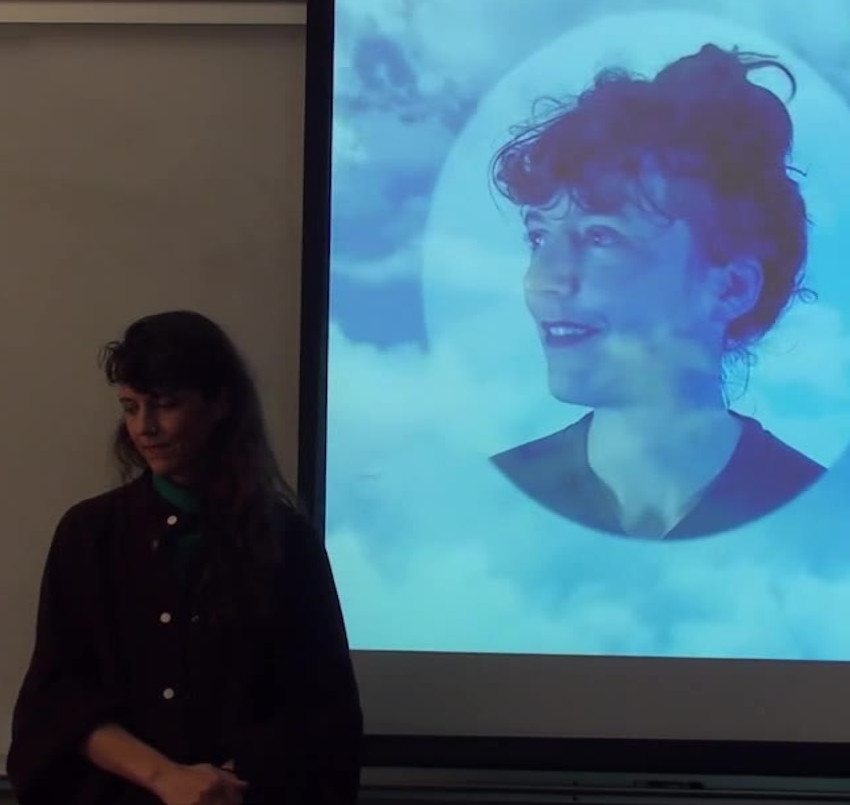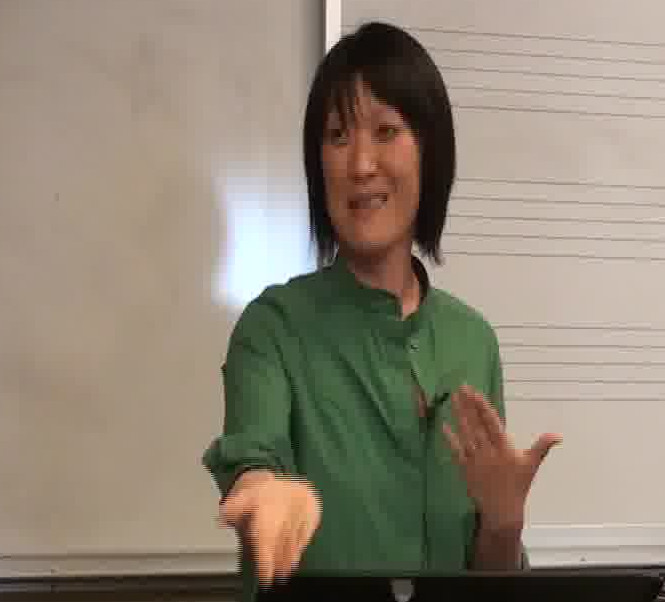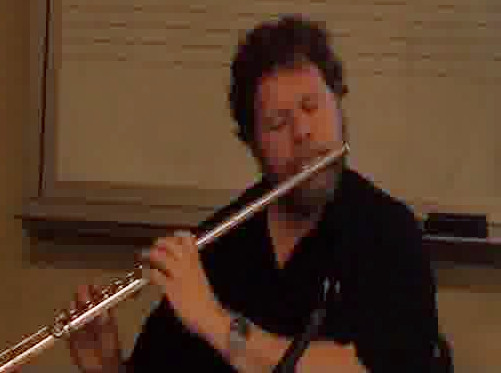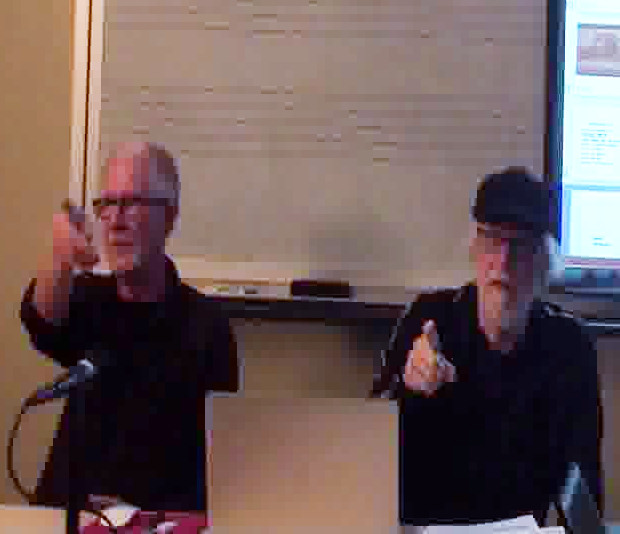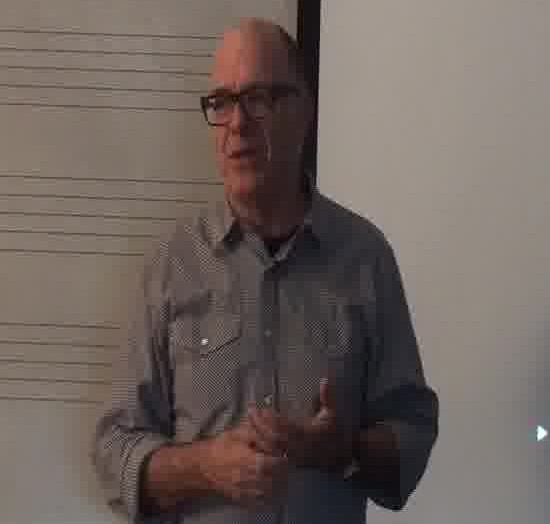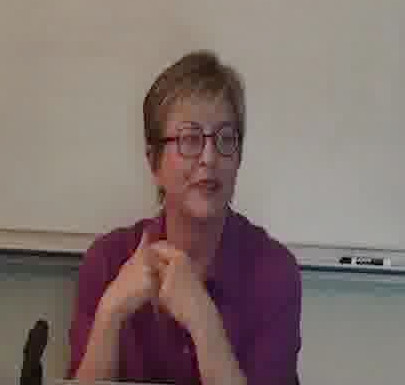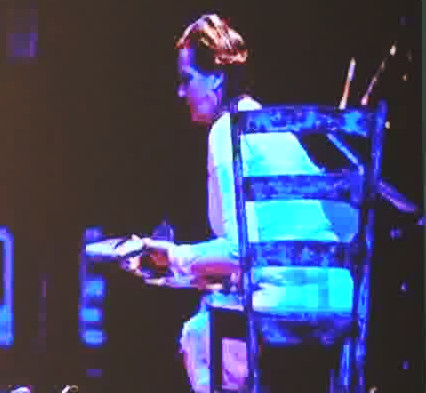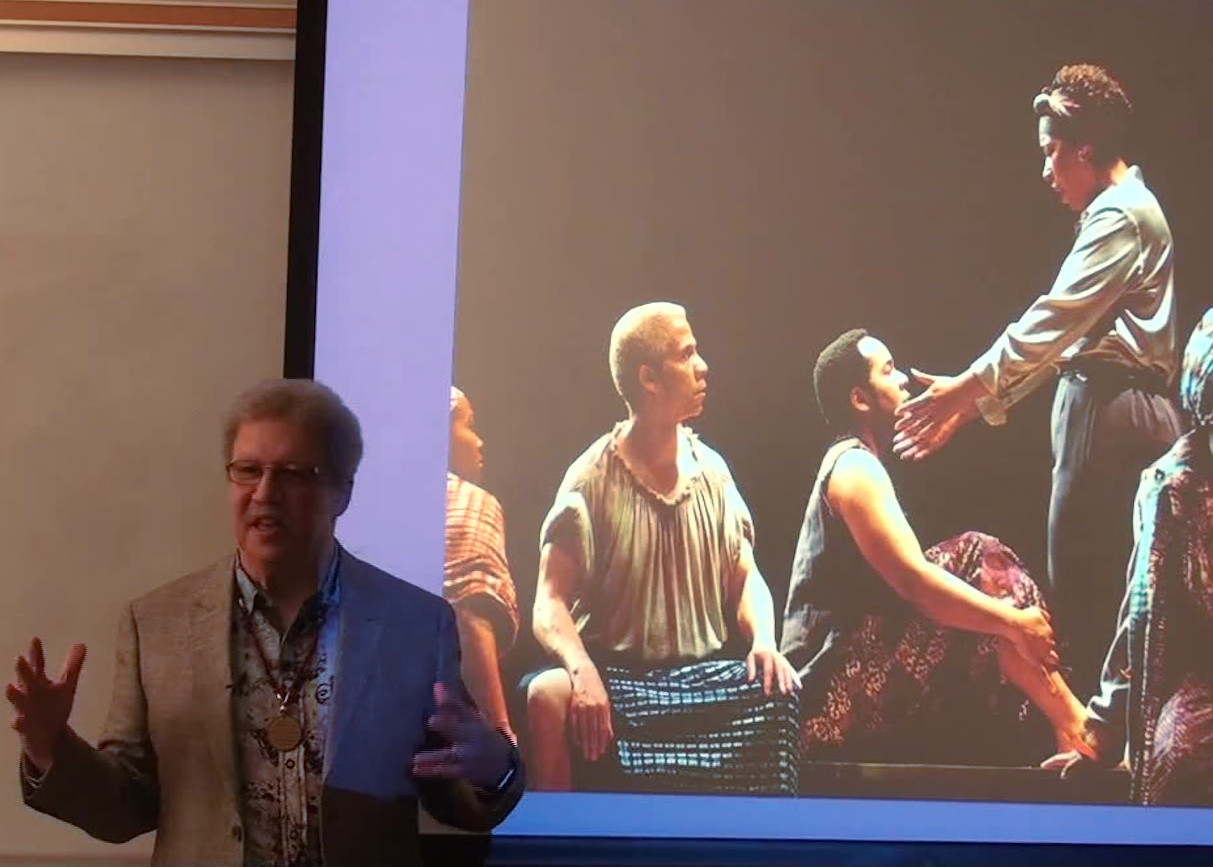
Apr 3.
Anthony Davis: Writing Opera While American
The evolution of music in the United States reflects our historical shift
from a European culture into what is now a Black diaspora culture. To write
operas in this context a composer must make the voice function operatically
while also speaking to the American present. Two of Davis's operas, X
and Amistad, put these issues in the foreground.
